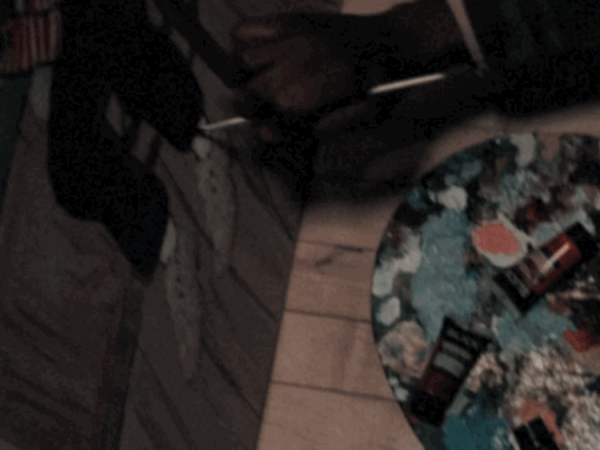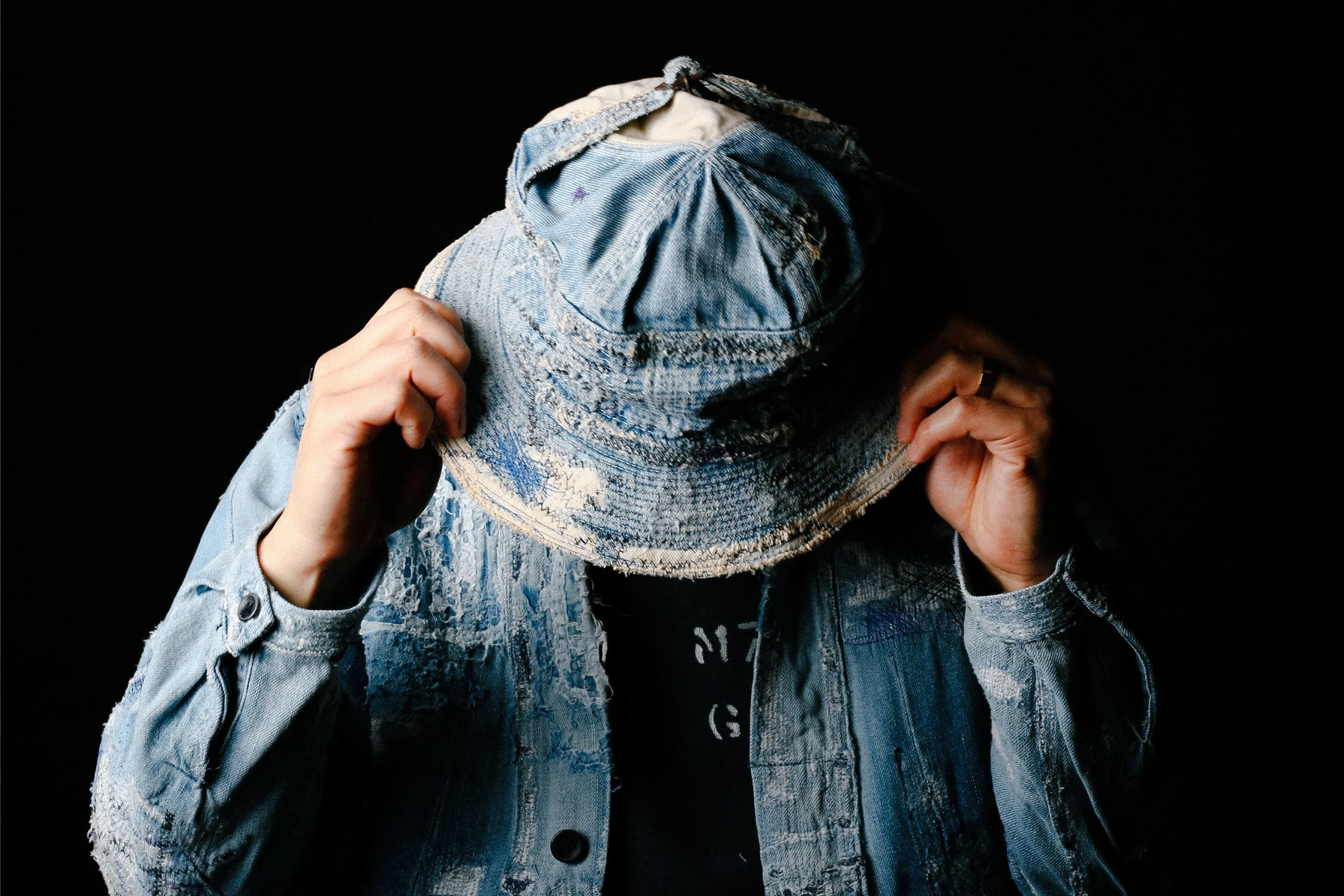FEATURED ON HYPEBEAST AND HIGHSNOBIETY.
Stone Island’s public image is characterized by a curious mix of name recognition and misconception. It’s not unusual for the original, intended purpose of a brand and its products to be overwhelmed by the cultural perception of it, but Stone Island have definitely suffered from this phenomenon more than most. It’s probably fair to say that most people, even those who are familiar with the Stone Island name, are not aware of just how influential Stone Island have been. The Stone Island story must invariably detour through the murky world of football hooliganism, specifically, its English variant. Obviously, hooliganism has always been closely intertwined with youth culture. Just as obviously, fashion was an integral part of this youth culture. During the late 1960s and early 1970s, the embryonic stage of modern hooliganism, the participants would be easily recognizable to each other, outsiders, and the forces of law and order out to thwart their activities. The dominant style was closely tied to the skinhead scene: heavy boots, bomber/flight jackets, and heads shorn down to a number one crop. Club colors, usually in the form of scarves were openly sported. Naturally, the spectacle of very public violence in England’s stadiums became an issue of governmental concern. The easily identifiable uniform of the hooligan was set for a stylistic shift. The casual was born. The ‘casual’ movement was named for the designer sportswear and leisurewear favored by this new breed of hooligan. The emphasis on style took on an even greater role, and bordered on the obsessive. The early stages of casual fashion were focused on designer sportswear and leisurewear labels. Adidas, Puma, Fila, Ellesse, Sergio Tacchini, and Lacoste were favorites. Just as importantly, there were few, if any, identifying club colors in sight. The practical effect of this was to make the participants in violent disorder more difficult to identify. Anyone could pick out an angry looking skinhead as a source of potential trouble, someone dressed like an instructor at an elite tennis academy, less so. While specific styles changed, and certain looks and brands fell out of favor, the overall concept of ‘anonymous’ sportswear and leisurewear never went out of fashion. Fred Perry, Nike, Hackett, Burberry, and, most importantly for our purposes, Stone Island became popular during this evolutionary period. At the same time, the English game was undergoing a fundamental shift in culture, as the post-Hillsborough Taylor Report paved the way for massive, structural modernization. An influx of big money from the Premier League rebranding raised ticket prices across the board. The terraces were on their way out for good, and the hooligans with them. Obviously, cutting off access to the stadiums didn’t eradicate hooliganism; it just made it less visible. Violence and its participants became more organized, and the casual ‘uniform’ became more important along with it, as a way to identify willing combatants. This became a bigger issue for Stone Island than most, if not all, of the other brands and labels favored by the new breed hooligans. The trademarked rose compass logo is frequently bootlegged on enamel badges proclaiming the identity of one hooligan group or another. It is probably a close race at any given time between Stone Island and British Rail over whose logo has been ripped off more times. Stone Island, as a newer high end fashion label, carried less name recognition than established brands like Burberry and Aquascutum and a higher barrier to entry than massive sportswear labels like Adidas, Puma, Fila, and Lacoste. For many, football violence was the only context in which they had ever seen or heard of Stone Island. As Nick Hornby deftly pointed out in ‘Fever Pitch,’ while discussing Milwall’s decades long image problem, once a reputation for violence becomes attached to something, that thing becomes sought out by those actively looking to commit more violence, creating a self perpetuating cycle. This can be a difficult situation to extract a brand from. Burberry, for instance, was forced to more or less abandon their iconic plaid because it came to be associated with urban violence rather than country houses. To this day, there are pubs, bars, and nightclubs in the UK that will not allow anyone wearing Stone Island gear inside. These days, when it comes to wearing Stone Island, you should probably be watching out for someone asking you to follow their streetwear Instagram account, as opposed to watching what you say about Leeds United. Associations with high profile rappers and fashion tastemakers have taken the rose compass positively mainstream. But, while the brand’s place in popular culture may be in flux, many people are still reacting to Stone Island on a purely surface level. For the uninitiated, the technical details that go into every Stone Island garment can seem like a somewhat overwhelming barrage of buzzwords. Even the apparently simple act of adding color to a Stone Island garment is the end result of a painstaking process of research, experimentation and hands-on work. Stone Island’s color laboratory is home to an array of machines, many of which are no longer in mass production, prototypes, or simply unique to Stone Island, each used for a different dyeing technique. Stone Island also utilizes proprietary dye formulas that have been developed in-house. This would be unfortunate for anyone, but for Stone Island, this state of affairs borders on a downright injustice. Stone Island is the brainchild of Massimo Osti, a legitimate fashion pioneer and genius. These are not words to be thrown around lightly. They are used to describe a man who started off his career without a formal background in fashion (originally, Osti worked as a graphic designer) and ended it as the recognized inventor of a number of production techniques that would be familiar to anyone interested in fashion. The list of Osti’s innovations reads like an unending, high-end catalogue description: garment dying, brushed wool, waterproof linen and wool, reflective fabric, and coolmax, just to name a few. The garment dyeing process innovated by Osti, applies color to the blank canvas of an entirely finished product, as opposed to constructing a garment from pre dyed materials. The distinctive effects seen on Stone Island’s finished products occur because different types of textiles react to the dyeing differently. With Stone Island’s massive cache of innovative materials, and range of dyeing techniques, the possibilities are practically infinite. For Autumn, 2017, Stone Island showcases its newest technique. In Stone Island’s words, the trilobate structure of the nylon yarn, with its gray weft and white ready-to-dye warp colors, forms the background for the distinctive metallic sheen, which is enriched with iridescent shadings thanks to the garment-dyeing process. In other words, Nylon Metal.
Shot by TOMMY BEBO.
Designed by Me




















































































































































































































































































































































































































































